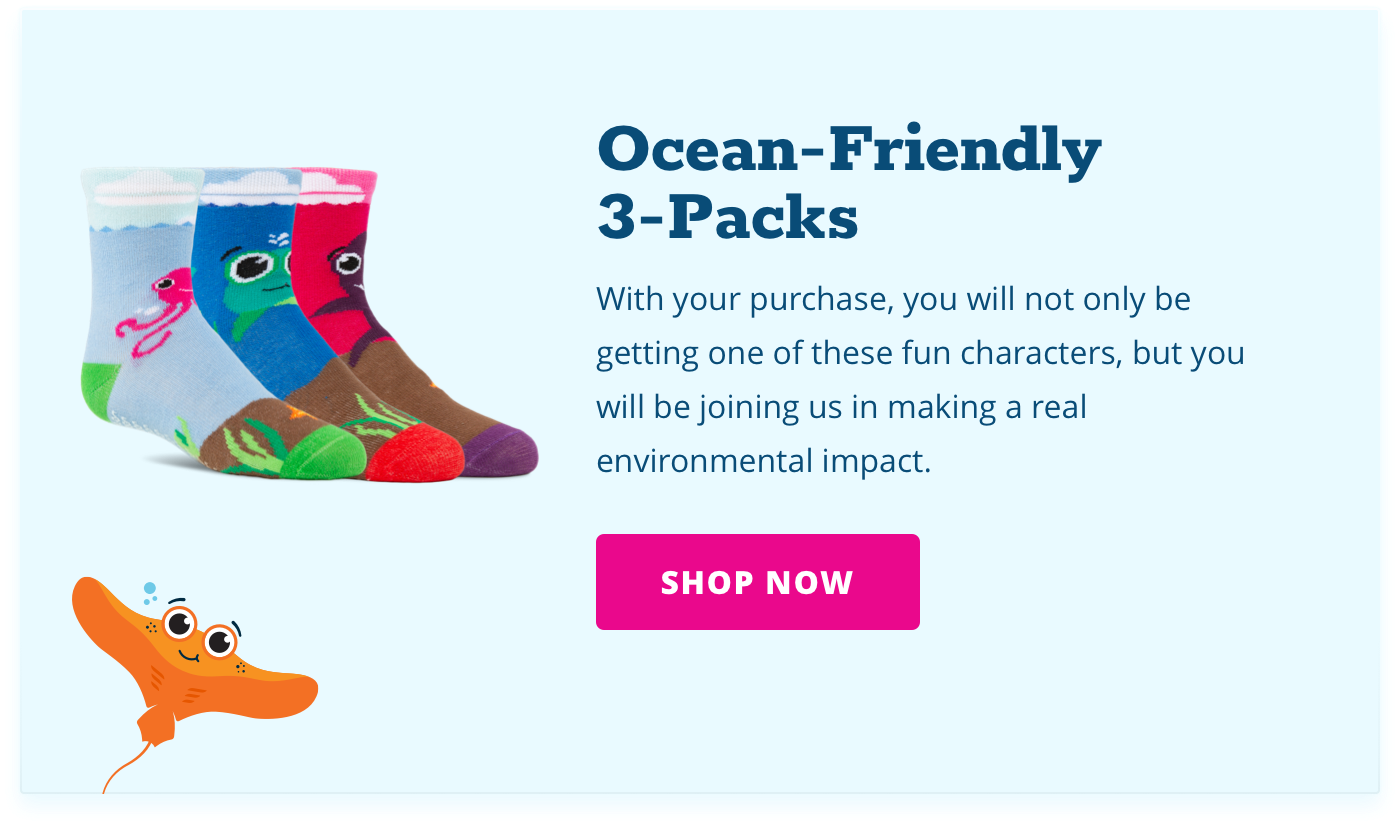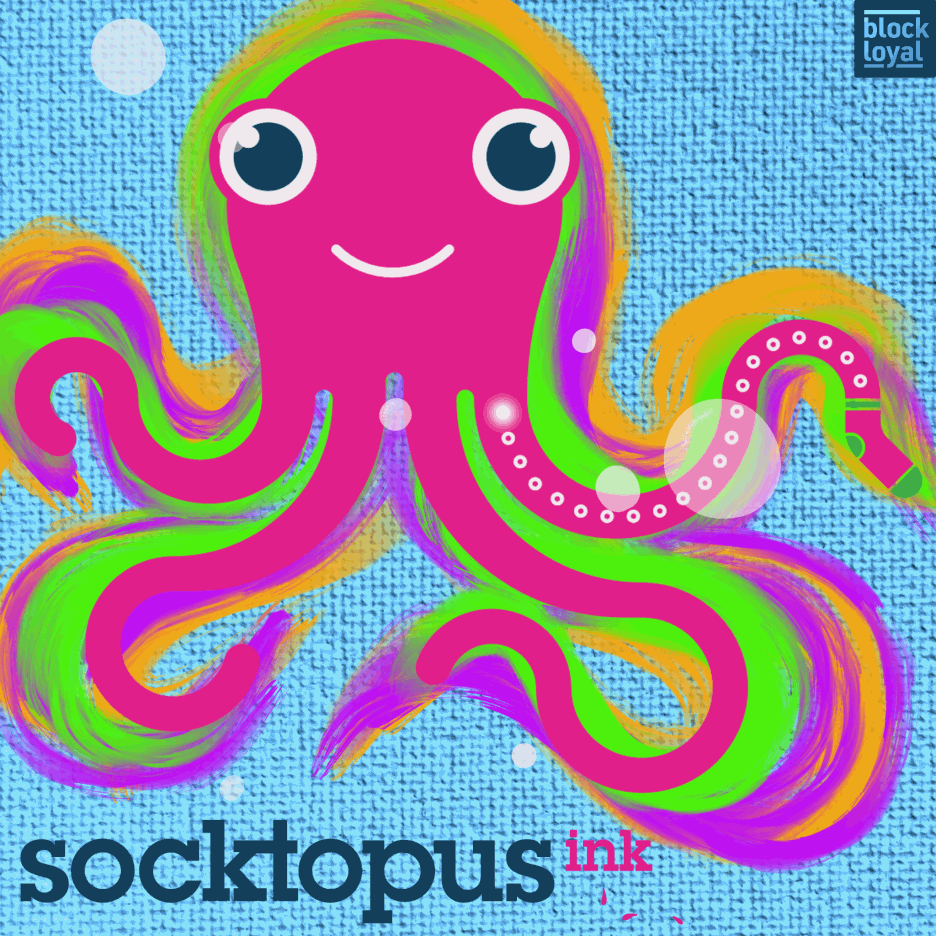Have you ever wondered why some people don’t seem worried enough, if at all, about serious environmental problems? Extreme pollution, catastrophic weather events, and natural habitat loss are all increasingly common.
With these obvious threats to life on earth, we need to take action to mitigate the damage of the changes that are already here, keeping sustainability in mind for people, the environment, and the economy. In this blog post, we will look at how the sustainability definition can vary, and how to make sustainability work for you.
To Define Sustainability
Noun - A measurement of how people can meet their needs now, without risking loss, injury, or harm for others in the future.
It’s no surprise to us today that the resources on earth are finite, but that was not always the case. The term “Sustainability” was first mentioned in the 1987 United Nations Brundtland Report (“Our Common Future”). By this time, people around the world and in the United States had already seen several energy crises and natural disasters. While these issues were not created overnight, awareness of them grew rapidly around this time. Before the rise of 1970’s environmentalism in the U.S., there were hardly any laws to protect natural land, ocean life, or people from the use of toxic chemicals in the air, water, and soil.
When sustainability became a matter of public concern, the United States created government organizations to address them, like the Environmental Protection Agency (EPA). The EPA made plans to regulate air quality, waste management, and water supplies when Americans became aware of these growing issues. Further development of environmentally friendly practices like recycling have been in development since, with our understanding of why recycling is important and what can be recycled constantly being challenged.
The Challenging Divide
Although the sustainability definition concerns the general wellness of all living beings on the planet, it still creates strong political and personal divides. According to Yale Climate Change Communication, 67% of Americans said that global warming was “‘extremely,’ ‘very,’ or ‘somewhat’ important to them personally.’” That means a third of Americans are willingly disconnected from the issue of global warming entirely.
There is another divide between people who care about global warming, and how quickly we should take action against it. 12 percent of Americans from the same Yale study think it is too late to take action. On the other hand, 66 percent of Americans surveyed believe that we still have time to address environmental issues. It’s easy to see where these beliefs come from. Natural disasters are top headlines in mass media every day around the world, yet most people can go about their days as usual.
On top of these divides that make sustainability difficult to navigate, consumers tend to be confused about what can be recycled. Changes consistent with climate change appear to be evolving regardless of individual action. For some exhausted activists, recycling doesn’t make a difference. These people wonder, why recycle, when environmental effects seem to be worsening anyway?
If you ever feel like your desperate fight for the planet is a lonesome one, you should know that you are, in fact, exploring relatively uncharted territory. Humanity has a complicated relationship with sustainability, and the belief that you can still make a difference distinguishes you from others. Even though millions are aware of what is wrong and what more could go wrong, more people feel overwhelmed or unsure about what to do.
Breaking Down 3 Factors of the Sustainability Definition
Public opinion of sustainability is divided: It exists on a spectrum of green-tinted glasses. However, different factors of the sustainability definition share one common goal: Fair distribution of natural resources to make life better for people and the planet.
The United Nations still leads the global platform for sustainability with the ongoing 2030 Agenda for Sustainable Development. The plan was adopted by all UN Member States in 2015. It distinguishes the types of sustainability, and details plans for addressing them all. It turns out, there is a ton of overlap between the nuanced issues that concern sustainability.
You can think about the different aspects of sustainability in terms of that hypothetical question: “What single thing would you bring to a deserted island?” Choose one that’s important to you: Natural ecosystems, shelter and stability, your civil rights, or your health. Life without any one of these aspects would be pretty difficult, right? That’s what makes sustainability so tricky to navigate, but it doesn’t have to be so complicated.
People who care about plastic in the ocean, and the protection of human health and life, have more in common than it may seem. If you ever wished for world peace as a kid, chances are, you were thinking of universal happiness in terms of sustainability. The differences between the main types of sustainability—environmental, economical, and human—are not mutually exclusive.
1. Environmental sustainability
Environmental sustainability considers the symbiotic (mutually beneficial) relationship of people, plants, animals, and all living things on earth. This means protecting non-renewable resources like land, air, water, and minerals. It also requires urgent, worldwide action on climate change to protect humans and the planet from being destroyed.
People who prioritize environmental sustainability might focus on finding ways to lower greenhouse gas emissions, plastic in the ocean and other land pollution, promote organic farming, pledge to consume less, and appreciate nature more.
2. Human (Social) sustainability
Human sustainability recognizes that people around the world are struggling to reach their full potential in different ways. To fight these inequalities, human sustainability pledges to accelerate the growth and empowerment of oppressed people. Human and social sustainability are often grouped together, because individuals can impact culture, values, and the way others are treated in larger populations. When people are educated, nourished, cared for, and considerate of others, everyone benefits.
People who prioritize human and social sustainability might work to end poverty, teach empowering life skills to younger generations, advocate for safe cities and homes, and seek to end modern day slavery. The goal is to improve relationships, population health, and reinforce dignity as a human right.
3. Economic sustainability
Economic sustainability recognizes the need for efficient use and restoration of natural resources. On a basic level, this means replenishing renewable resources, and limiting damage to the planet from use of nonrenewable resources. Businesses produce single-use plastic products and other harmful chemicals, but rarely have to pay for the waste they create. Economic sustainability fills in the gaps of the recycling economy to reflect the consumers of today’s world.
Economic sustainability work includes farming and agricultural practices that do not destroy biodiversity, manufacturing that produces less waste, such as with sustainable clothing lines, investing in earth sciences, and setting dollar amounts for forests, wetlands, oceans, cultivated land, and biodiversity.
Make Sustainability Work For You
Each type of sustainability addresses nuanced issues that overlap to an extent. Understanding what type of sustainability is most important to you personally is a simple way to inspire passion, find common ground with others, and connect with likeminded people. You don’t have to commit to just one cause, but it can help to start with a cause that you care about a lot.
The most important thing to remember about sustainability is that no one person can achieve it alone. Considering diverse perspectives, budgets, and lifestyles are important to the success of sustainability. To make sustainability work for all people on the planet, we need to set attainable goals for going green, from individuals, to big businesses. Consuming less of the earth’s resources, caring more about global warming, and fighting environmental inequality will look different for everyone.
Our Dedication to Doing Good
The Socktopus, Ink methods define sustainability in more than one way, by bringing plastic pollution full circle. We can reduce the amount of plastic in the ocean by finding a practical use for it, with a sustainable clothing brand that raises awareness for the planet. The sustainability definition we came up with includes benefits for the environment, future generations of ocean lovers, and the efficient use of our existing recycled plastic resources.
Our first product is a line of baby, toddler, and kids socks made from a polyester blend of 100% recycled plastic. It’s hard not to smile with our cheery marine life characters at your feet: Bubbles, Shelldon, Bobtopus, and the rest of the Socktopus crew are there to inspire kids and families to celebrate and protect ocean life. For Socktopus, Ink, taking care of the environment by reducing, reusing, and recycling will always be sustainable.
We know that businesses can do good by encouraging families and individuals to be eco-conscious thinkers. With this step towards solving the problem of plastic pollution, we can make sustainability work for just about anyone.



